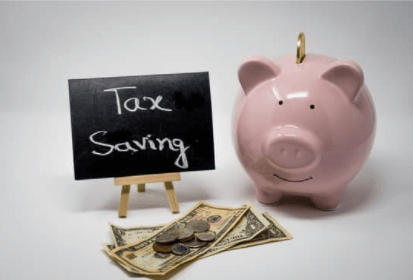
Tax Planning for Business Owners – Strategies and Tactics
Tax planning is a big topic for business owners, especially as we get closer to the end of the year. It’s important to have a strategy in place that will help you identify avoidable costs and ensure that you’re in compliance with federal, state, and local tax laws. This blog post will walk you through these considerations and how they can affect your tax return at the end of the year. It’s never too late







